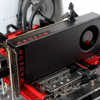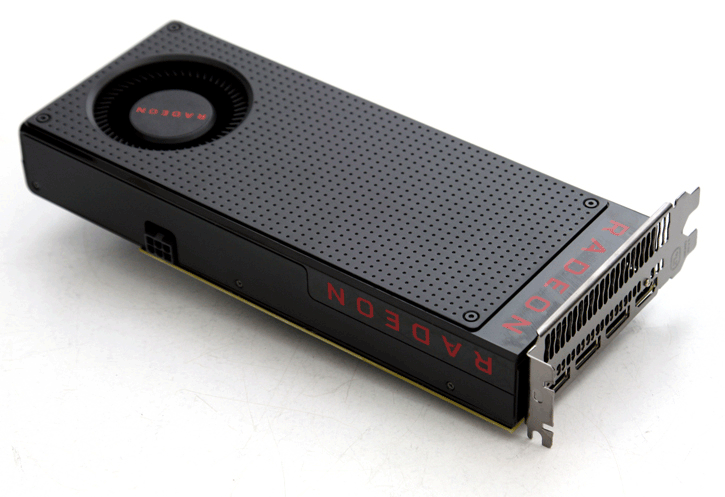Introduction
AMD Radeon RX 480 8GB review
Proper gaming performance at a comfortable price
Yes Sir, It's been a long time coming for AMD, much like team green they had to wait for a smaller fabrication process to become viable and ready at outputting proper yields on the new FinFET based 14nm wafers. The wait is over though and, as such, today we review the new Radeon RX 480, we test the model fitted with 8GB. It's a graphics card series that will allow you to play your games in both the Full HD 1080P range as well as gaming in WQHD (2560x1440) range. And all that at a very reasonable price as well. See, the 4 GB variant will start selling at $199 / 220 EURO whereas the price will be $239 / 260 EURO for today's tested 8 GB model. Honestly, 4GB we feel is plenty as standard for the aforementioned resolutions. Does that mean that AMD is back with a very good price versus performance product series? Follow us into this review where we'll look at temperatures, noise, performance and go with the latest game titles on the globe. It's been a somewhat wild ride for the past few months, AMD created a couple of viral moments on the web and announced stuff prior to the actual release. Hey, who can blame them. Today is all about Polaris 10, a codename indicative of the mainstream to high-end products (but not enthusiast). Polaris 11 will see the light of day as well in the entry-level range. Though today's release is about the Radeon RX 480, there will be two more products added to the product stack soon as well. As such, AMD today is actually announcing three products:
- AMD Radeon RX 480 4GB and 8GB (high-end performance)
- AMD Radeon RX 470 4GB (mainstream performance)
- AMD Radeon RX 460 2GB/4GB (entry level)
For the time being, what you see above will be the product stack starting with today's availability of the Radeon RX 480. The Radeon RX 480 graphics card will be made available in 4 and 8 GB versions, you will also spot both reference and tweaked SKUs from the board partners. The GPU used in this puppy is based on Polaris 10 (XT), an Ellismere (codename) GPU based on 4th generation GCN architecture. The 14 nm FinFET+ process based Radeon RX 480 will push the product to well over 5 TFLOPS. With its 150W TDP it has 36 CUs (cumpute units aka shader clusters) x 64 shader processors per CU = 2304 shader processors). The card will be available in both 4GB and 8GB versions and has 256-bit GDDR5 memory which offers an effective 8 Gbps / GHz much like the GeForce GTX 1070. The card will run in the 1267 MHz range on its boost clock. Expect board partner cards to run a good 50 MHz faster. The GPU retains technologies of the Radeon GCN lineup such as DirectX 12, FreeSync and XDMA for CrossFire support. The GPU with its 2304 shader processors are tied towards 32 ROPs with 144 texture memory units. The initial consumer graphics card based on Ellismere (XT model) is the Radeon RX 480, the PRO model will get 32 compute units and thus has 2048 shader processors. The Radeon RX 480 is based on a much smaller 14nm fabrication process, as such you will see many enhancements in efficiency and that shows in power consumption, the reference cards will use just one 6-pin power PEG (PCI Express Graphics) header to give the the card its power. The reference boards have a 6-phase VRM power supply design and display output wise the new cards have seen an upgrade as well, including three DisplayPort 1.4 connectors and one HDMI 2.0b. AIB partners may release SKUs with a DVI connector as well, the reference PCB shows SMT traces for a DVI connector. Overall the specs show a very potent card to play the latest games with whilst offering a good memory size versus price in the 1920x1080 and even 2560x1440 monitor resolutions. We expect the Radeon RX 480 to be battling with the GeForce GTX 970 and maybe 980 here and there.
In this review we peek at the AMD reference model of the Radeon RX 480, our card is fitted with 8GB of graphics memory and runs a maximum boost clock of 1267 MHz. Head over to the next page where we'll start-up a photo-shoot first though.


